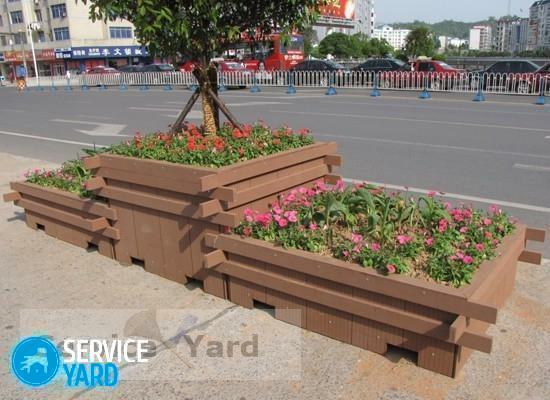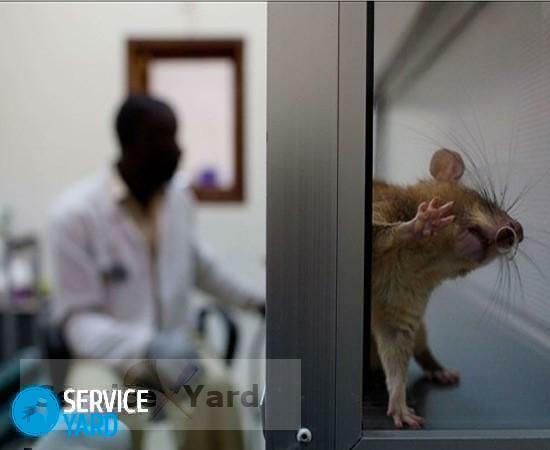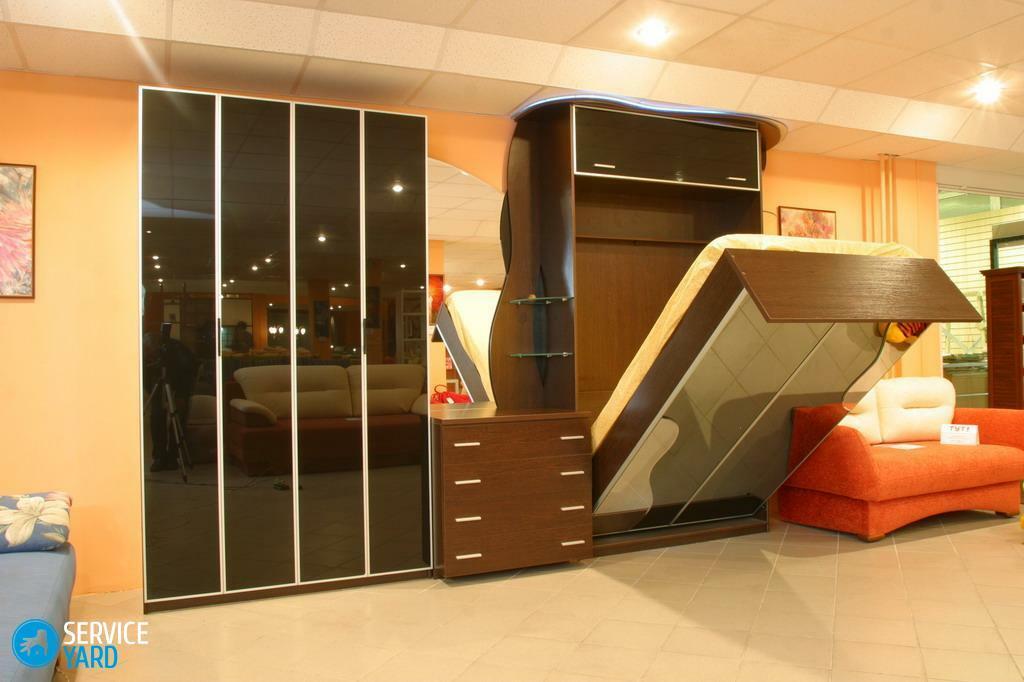
- What are liquid nails?
- Than to remove glue liquid nails from a ceiling?
- How to remove liquid nails?
If you used modern glue for fixing decorative panels when renovating your house, the question will inevitably arise when repairing: how to remove liquid nails from walls and ceiling to decorate them with new material. Given the strength of this glue, it is worth to go to the sweep thoroughly, having learned in advance what can be removed. We will tell you about this in this article, so that you can cope with the task as quickly as possible.
to the contents ↑What are liquid nails?
 Liquid nails are a fastening adhesive that is widely used today for various construction works. Depending on the operating conditions, water based solutions or with solvents in the composition are used. The latter are more durable, and accordingly, their removal will be more difficult.
Liquid nails are a fastening adhesive that is widely used today for various construction works. Depending on the operating conditions, water based solutions or with solvents in the composition are used. The latter are more durable, and accordingly, their removal will be more difficult.
Note! This fixator is very popular because of its excellent technical characteristics. It allows you to permanently secure the desired material on plastic, metal, wood, glass, concrete. Features of the composition make the adhesive suitable for use even in difficult operating conditions - temperature instability, high humidity. There is no need to drill walls or ceiling, and the process of renovation and repair is also not difficult.
to the contents ↑Than to remove glue liquid nails from the ceiling?
Depending on whether the solution has already seized or not, you will need different substances. Here is a list of those tools that will help quickly and effectively remove glue from any basis:
- rag;
- sharp knife;
- chisel;
- scraper;
- building hair dryer;
- warm water;
- acetone;
- is a special solvent for liquid nails.
How to remove liquid nails?
The technology of flushing this adhesive depends on how much it has cured. Choose the option you need from the following methods and follow the instructions given. The result should satisfy you.
Method 1
If, during the repair work, you put a drop in an unnecessary place to remove the adhesive, proceed as follows:
- Equip with a clean soft rag.
- Remove it with a drop.
- Wipe the substrate again to remove any debris.
Note! If the drop turned out to be very large, first remove the bulk of the solution with a knife.
Method 2
If the glue has already grasped but is short-lived on the surface, proceed as follows:
- Take the knife, the chisel or the scraper.
- Remove as much as possible the protruding part of the strip( droplets).
- Wet cloth with warm water.
- Wet the right place.
- Wipe the scraper again.
- If there are many more glues on the surface, soak the cloth with acetone.
- Wipe the desired area.
- Clean with a cloth until all adhesive is removed.
Method 3
 In case the adhesive is on the surface for a long time and adhered to the surface thoroughly, you will have to use special chemistry:
In case the adhesive is on the surface for a long time and adhered to the surface thoroughly, you will have to use special chemistry:
- Read the manufacturer's instructions for the used glue.
- Specify on what basis it is made liquid nails.
- Buy a special solvent for this adhesive.
- Treat surfaces according to the instructions to the solvent.
Method 4
Despite all the excellent characteristics, this adhesive is stable only at a temperature regime of -5 to + 50 ° C.Therefore, you can use this feature when deciding how to remove liquid nails. Depending on what is more convenient for you, use one of the options below:
- Remove liquid nails with heat:
- Take a building hair dryer.
- Sequentially reheat areas with glue.
- Remove with a rag and scraper as soon as the solution begins to melt.
- Remove glue cold:
- Remove the bonded parts to the cold - the temperature should be below -5C.
- Leave it for a while.
- Disconnect parts as soon as the glue is cracked.
- Remove residual glue residue.
Note! The latter method is good if you have a cold winter on the street or you have a large freezer, and you need glue from small panels or tiles. To clean walls and ceilings, only the warm-up option or the methods described above will do.
Now you know what and how to remove liquid nails from any surface. We hope that our tips have made your work easier and helped to cope with the problem quickly.



